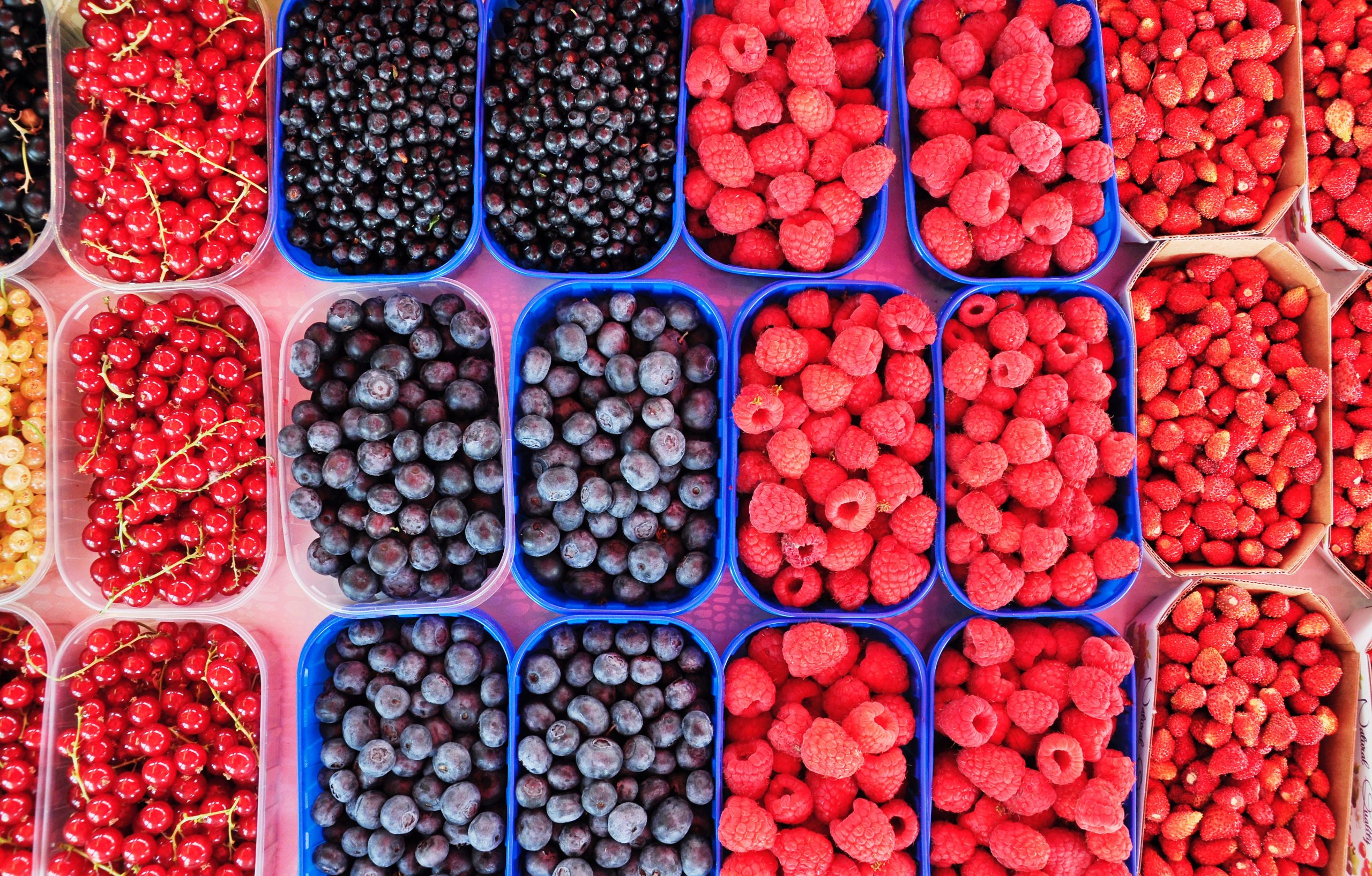Last Updated on December 23, 2021 by Real Men Sow
Ericaceous plants are simply acid-loving fruits such as blueberry, cranberry, lingonberry, heathland bilberry, and tea plants. The reason why we call them ericaceous, because they naturally grow in acidic soils at 4.0 and 5.0 pH. Growing them requires an acidic type of soil, ericaceous compost.
How to Grow Ericaceous Plants?
These plants are typically grown in pots with acidic compost. If these plants were grown in soil that isn’t acidic enough, the berries would have hindered growth due to their inability to properly absorb the nutrient, iron.
How to Test the Soil’s Acidity
The best way to find out if your soil is acidic isn’t by checking if your neighbors are growing ornamental plants that demand acidic soil. A soil pH testing kit or meter is available for you to accurately know rather than guessing. Using this kit or meter will enable you to check if you’ve got your ericaceous bed ready for the berries you intend to grow.
Create the Perfect Bed for Ericaceous Plants
The best way to make an ericaceous bed is to prepare a tailor-made growing environment within a raised bed. This will save you digging out your existing soil, which is no mean feat! Construct a simple wooden raised bed by screwing lengths of timber to corner posts. I have also seen old railway sleepers used to a most handsome effect; you could also use rocks, bricks or breezeblocks – anything to contain your planting medium. Raised beds should be at least 30cm (1ft) deep. It’s best to make at least 30 cm deep raised bed for your acid-loving fruits.
What should you add to your Acidic Compost?
The amount of material you have available will determine what you can add to your raised beds. You can also add garden-made compost or very well-rotted compost, sawdust, wood shavings, pine needles, composted bark, and composted bark to this mixture. To save money on ericaceous soil, you can add some soil to your soil if it isn’t too limey (pH 6.5-7). It’s important that you stay away from peat too, it’s unnecessary and damages vulnerable wildlife habitats. There are peat-free ericaceous compost, however, if you can’t find one it’s best to make your own. Composted bark, bracken, or their combination will be the base then proceed to add three parts by volume and one part lime-free perlite or sharp sand.
Maintaining acidity
A layer of acidic growing media placed on topsoil will slowly lose its acidity. It requires frequent additions of acidifying material such as the ones used in the initial preparation. This can be done by adding them to the surface as mulch. You can add leaf mould, especially from maple trees, pine needles and bark chippings to the soil surface. Other gardeners add natural acidic coffee grounds and spent black tea leaves to the soil.
To ensure that your soil pH is still at the right level, test it regularly. Apply a little iron sulfate to the soil at the end of each winter to encourage growth. You can water on sequestered Iron during the growing season, depending on your soil pH. This will stop the pH from rising higher.
Final Tips for Growing your Ericaceous Plants
Blueberries, cranberries, and other ericaceous plants must be kept moist, to replicate their natural environment. The alkaline nature of tap water makes it ideal for irrigation with rainwater. You can make rainwater look like rainwater by adding vinegar in a watering container. However, it is cheaper to have plenty of rainwater on hand.
A purpose-built bed will allow you to plant multiple types of each species. This will greatly improve pollination and berry production. To maximize visual impact, plant the bed so that low-growing fruit like the cranberry is understood to be taller blueberries. This will create a double layer of blueberries and a rainbow of colors in autumn, when the blueberries’ leaves turn spectacularly crimson. Acid-loving berries can be just as ornamental than rhododendrons. Make them a feature of your ericaceous beds and celebrate their beautiful berries.


